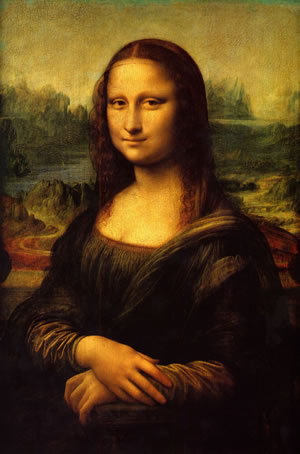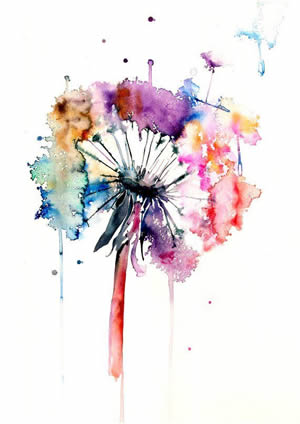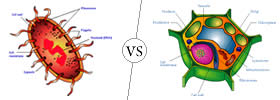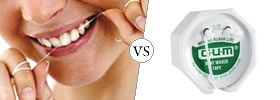Difference between Oil Painting and Watercolor Painting
Key Difference: The main difference between Oil Painting and Watercolor Painting is the fact that oil painting is a type of painting done with the use of oil paints, whereas watercolor painting is a type of painting done via use of watercolors.
 While there are many different types of painting techniques, oil painting and watercolor painting are two of the most commonly used techniques. As their name suggests the main difference between them is the fact that oil painting is a type of painting done with the use of oil paints, whereas watercolor painting is a type of painting done via use of watercolors.
While there are many different types of painting techniques, oil painting and watercolor painting are two of the most commonly used techniques. As their name suggests the main difference between them is the fact that oil painting is a type of painting done with the use of oil paints, whereas watercolor painting is a type of painting done via use of watercolors.
Oil paints are a type of paints that utilize oil as their base, whereas water colors utilize water as their base. Oil paints also tend to be thicker and tend to have more pigment in them, as compared to water. However, this also depends on the quality of the paints in question.
It is believe that watercolor painting is the oldest form of painting dating back to cave paintings, however they have been in continuous use since the Renaissance, when they were made popular by the artist Albrecht Dürer. Oil colors, on the other hand, were first used by Indian and Chinese painters between fifth and tenth centuries. Hence, they are a much newer medium than water colors. However, like water colors, they also came into popularity in the 15th century, where they were used by nearly every Renaissance painter, a move which cemented their place in history.
The two different types of painting styles also utilize different painting techniques. Both have a wet on wet and a wet on dry technique. The wet on dry technique allows the paint to dry after each layer is painted. This results in a crisp and clean finish, with clean lines.
 In wet on wet technique, the second layer of paint is put onto the first layer, before it has a chance to dry. This allows the layers to bleed into each other, hence resulting in a more washed out and delicate finish. However, this technique requires more control and mastery into to anticipate and control where and how much the colors bleed and merge. This is especially harder in water colors, as they are more susceptible to bleeding and spearing, hence extreme control is required. Also, it is easier to fix a mistake in an oil painting, as one can either scape the paint off, or paint over it with another layer. This cannot be done in a watercolor painting.
In wet on wet technique, the second layer of paint is put onto the first layer, before it has a chance to dry. This allows the layers to bleed into each other, hence resulting in a more washed out and delicate finish. However, this technique requires more control and mastery into to anticipate and control where and how much the colors bleed and merge. This is especially harder in water colors, as they are more susceptible to bleeding and spearing, hence extreme control is required. Also, it is easier to fix a mistake in an oil painting, as one can either scape the paint off, or paint over it with another layer. This cannot be done in a watercolor painting.
Water colors also tend to dry much quickly with a few hours depending on the wetness of the paint and the humidity in the area. However, oil paints can take much longer to dry. They can take anywhere from a few hours, to days and even weeks, depending on how thick is the layer of paint, as well as the humidity.
It should also be noted that using water colors is much safer, as oil paints tend to build up fumes. Additionally, working with oil paints requires the use of paint thinners and turpentine, which are considered toxic. Hence, it may not be suitable for young children and will require proper storage. However, the oil painting themselves, once dried are not considered harmful.
Comparison between Oil Painting and Watercolor Painting
|
|
Oil Painting |
Watercolor Painting |
|
Type of |
Painting |
Painting |
|
Subject |
Fine Arts |
Fine Arts |
|
Type of Paint |
Oil Paints |
Water Colors |
|
Dates back to |
Fairly newer, dating back to 15th century |
Generally believed to be the oldest form of painting, dating back to cave painting |
|
Fame |
Considered to be more famous and prestigious than other forms of painting |
Considered less prestigious than oil paintings |
|
Cost |
Paints and the paintings tend to be more expensive in comparison (also depends on the quality of paint and style of painting) |
Paints and the paintings tend to be less expensive in comparison (also depends on the quality of paint and style of painting) |
|
Type of Base |
On Paper or Canvas. Typically Canvas |
Usually on Paper |
|
Painting |
Darkest layer first, then lighter and lightest |
Lightest layer first, then darker, and darkest. |
|
Drying |
Takes longer to dry up to days and weeks. |
Faster to dry, taking only a couple of hours |
|
Cracking an flaking |
Tends to crack and flake over time. Really old paintings require proper protection and storage. May even require restoration. |
Does not tend to crack and flake over time. |
|
Finish |
A glossy finish |
A matte finish |
|
Aging |
Last Longer, Age Well |
Don’t last long, will fade over time unless stored properly |
|
Discolor |
Slower discoloration over time |
Faster discoloration unless stored properly |
|
Protection |
Oil Paintings can be displayed as it without concern |
Watercolor paintings can be displayed as it, but is better if framed and displayed in glass |
|
Removal |
Removal requires paint removers or turpentine. |
Removal requires only washing with water |
Reference: Wikipedia (Oil Painting and Watercolor Painting), Empty Easel Image Courtesy: justtimepass-lifeisbeautiful.blogspot.in, pinterest.com









Add new comment